New Book Eyes Earth's Excavators, from Microbes to Elephants and Dinosaurs
Paleontologist explores a billion years of animals breaking up rocks, bones, shells and wood
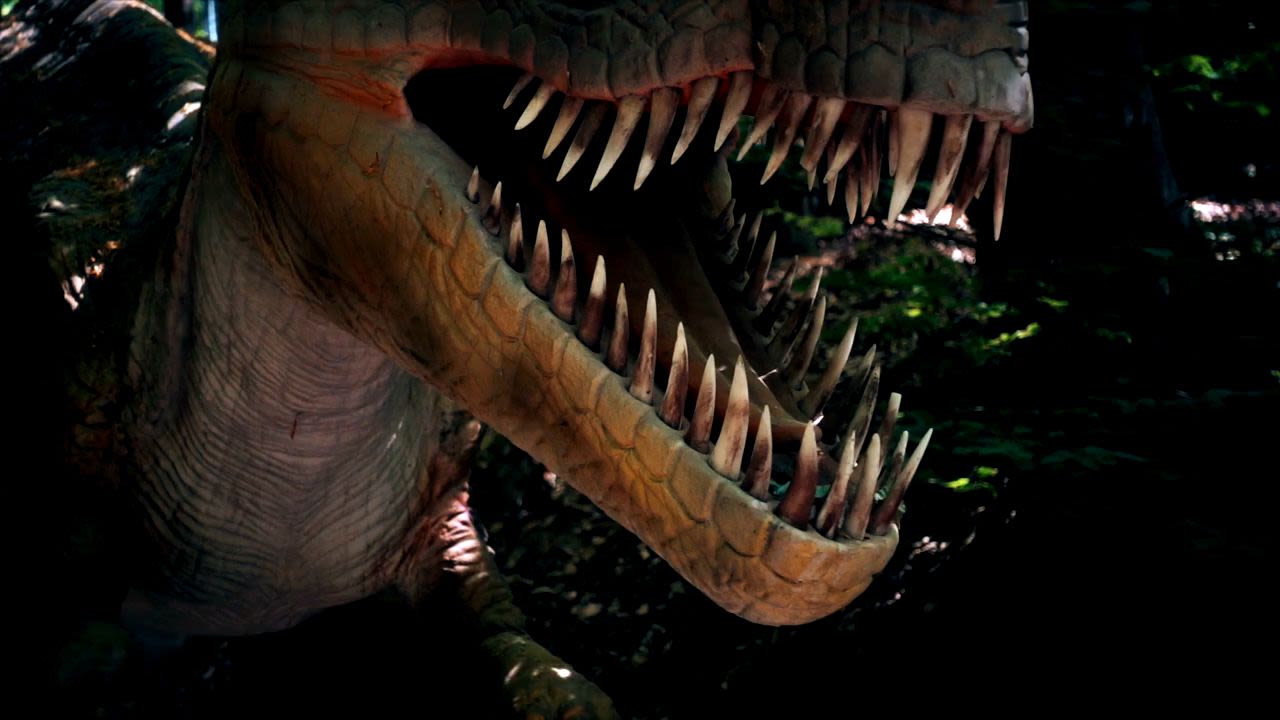
The ordinary person looks at Stone Mountain and sees a solid, unmovable monolith. Emory paleontologist Anthony Martin, who thinks in geologic time, sees something more akin to a giant sugar cube.
Ever since the crystalized mass of igneous-born minerals rose from deep underground, pushed by the upwelling of magma that formed the Blue Ridge Mountains around 350 million years ago, the giant rock’s flanks have faced continuous assault — and not just from weather and water.
Stone Mountain “is fighting a battle against life, and life is winning,” Martin writes in the preface of his new book, “Life Sculpted: Tales of the Animals, Plants and Fungi That Drill, Break and Scrape to Shape the Earth.”
The University of Chicago Press is publishing “Life Sculpted” June 2, marking the fifth book during the past 10 years by Martin, professor of practice in Emory’s Department of Environmental Sciences.
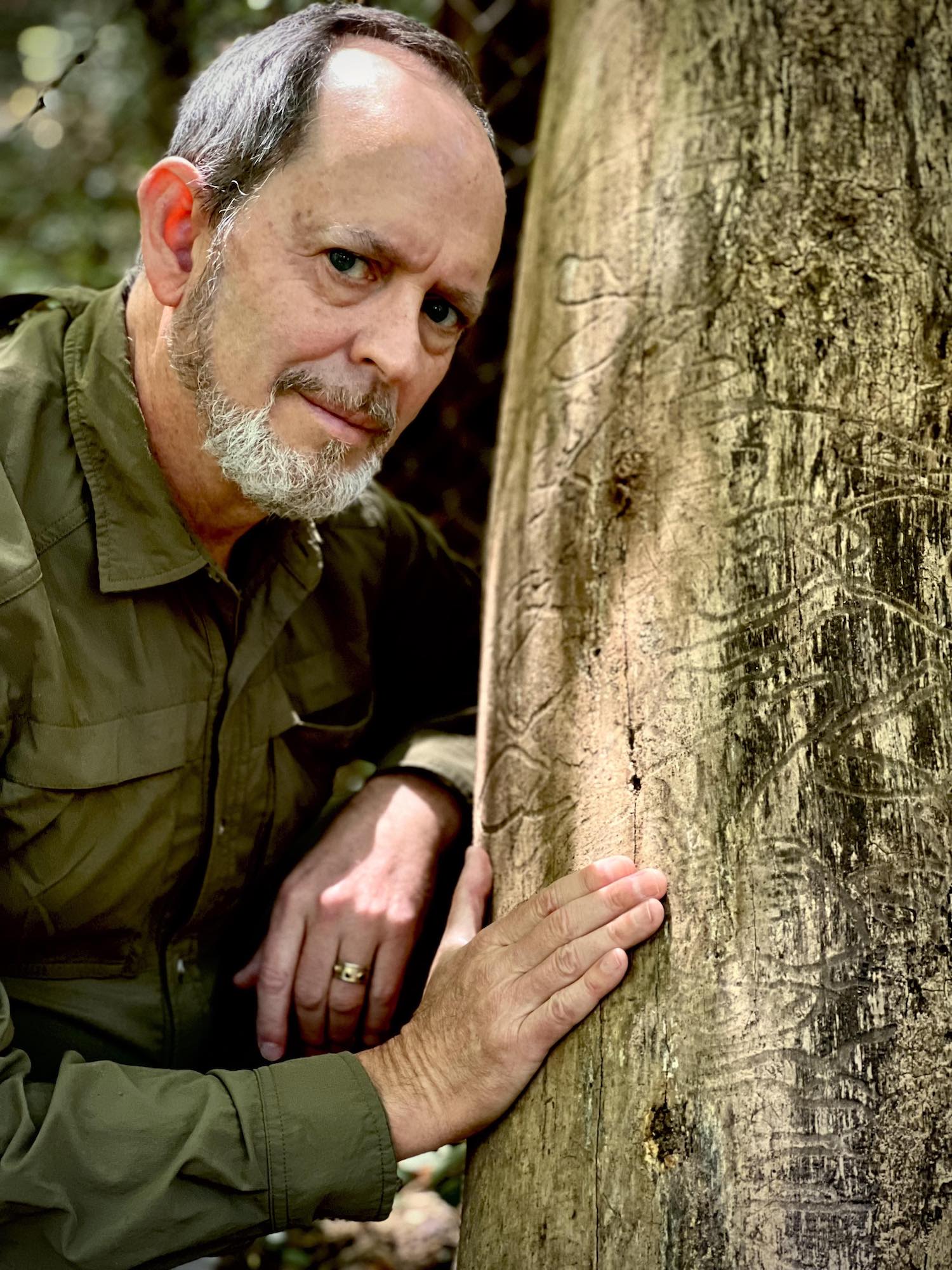
Anthony Martin in Emory's Lullwater Forest with the trunk of a pine tree carved up by beetles. Some species of beetles chew through wood to create tunnels where they lay their eggs. (Photo by Ruth Schowalter)
Anthony Martin in Emory's Lullwater Forest with the trunk of a pine tree carved up by beetles. Some species of beetles chew through wood to create tunnels where they lay their eggs. (Photo by Ruth Schowalter)
Martin is a geologist and paleontologist focused primarily on ichnology — the study of traces of life such as tracks, burrows, nests and tooth marks. Among his discoveries are the only known burrowing dinosaur and the oldest bird tracks in Australia. His other passion is great science communication, which his books exemplify.
“Life Sculpted” is a follow-up to Martin’s 2017 book “The Evolution Underground: Burrows, Bunkers and the Marvelous Subterranean World Beneath Our Feet.” The current volume, also aimed at anyone interested in Earth sciences, goes beyond burrowing to cover how myriad forms of life have broken down the hard substrates of rock, shells, bones and wood during the past billion years.
“Yes, life can be hard,” Martin quips, “but life also makes everything less hard every day. Bioerosion shapes the world, literally. It’s changed entire ecosystems.”
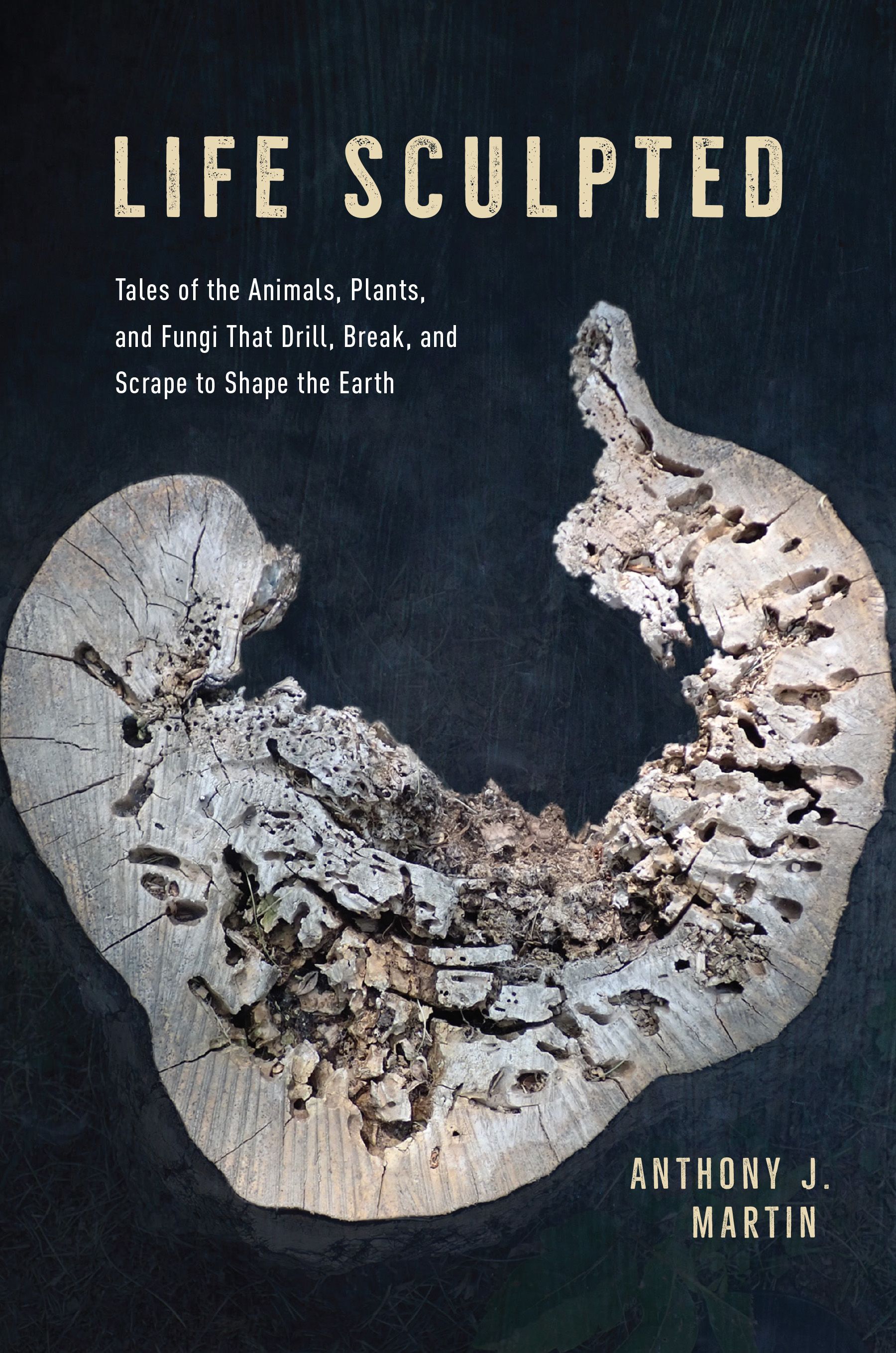
"Life Sculpted" is aimed at general audiences. "Martin has fashioned a unique and engaging portrait of the Earth's many movers and shakers," Booklist wrote in a review.
"Life Sculpted" is aimed at general audiences. "Martin has fashioned a unique and engaging portrait of the Earth's many movers and shakers," Booklist wrote in a review.
Bioerosion has also changed human history. Martin cites the wood-boring clams that perforated the hulls of the Spanish Armada, helping tip the odds toward the English Navy in 1588, when it won a decades-long fight for maritime dominance.
Bioeroders come in all sizes, he writes, from microbes that transport calcium away from rock and shells to elephants that dig caves with their tusks to obtain salt.
Bioeroders can change the soundscape as well as the landscape.
In a chapter titled “Your Beach Is Made of Parrotfish Poop,” Martin describes hearing “a crunching and popping reminiscent of sugary breakfast cereals meeting milk” while snorkeling over a Bahamian reef.
The crunching, he explains, is actually the sound of parrotfishes biting out chunks of the reef with jaws and teeth capable of breaking apart rock. Reefs and the surrounding shallow-marine environments have been shaped by millions of years of such fishes gnawing on coral and defecating sediments.
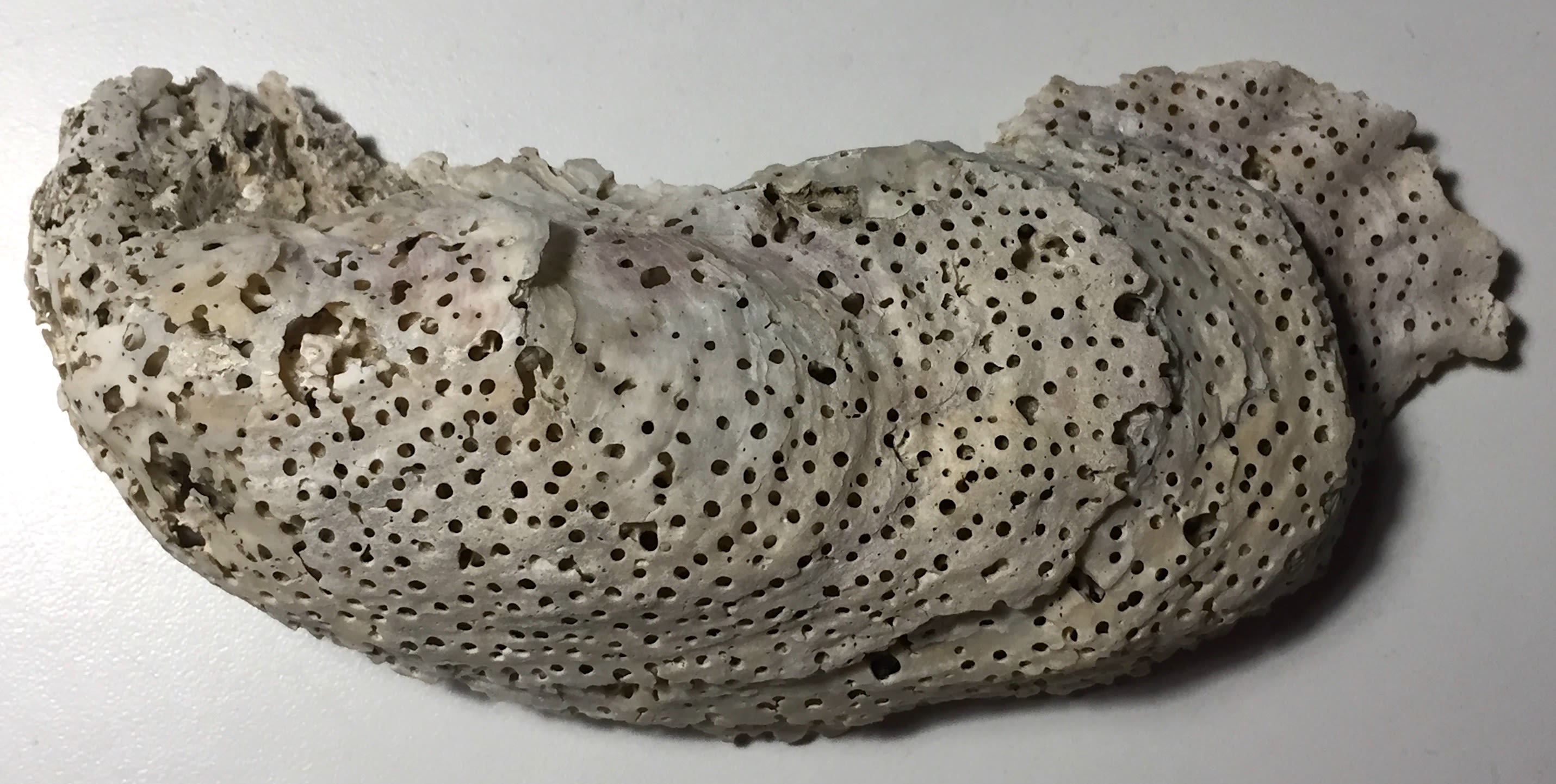
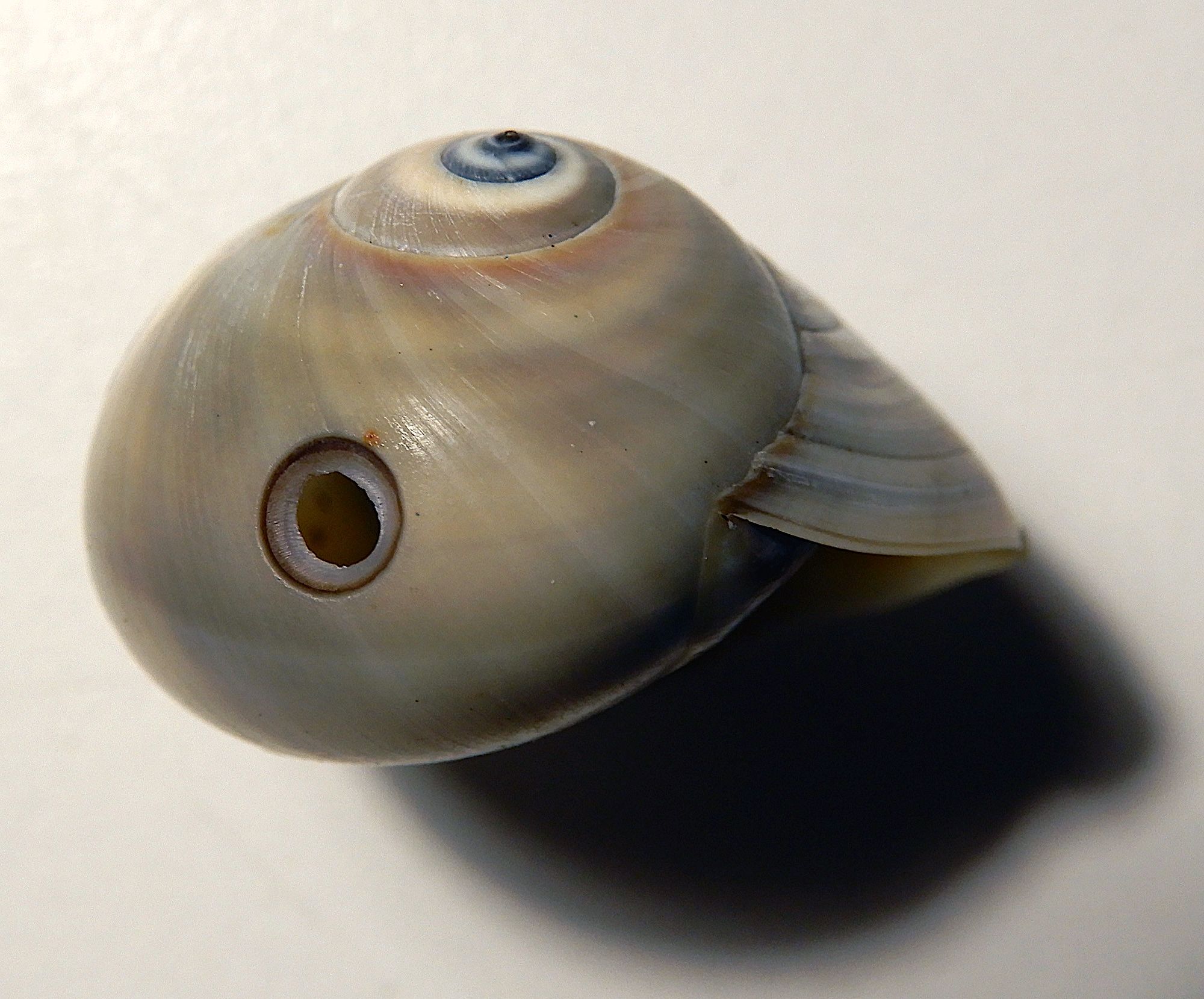
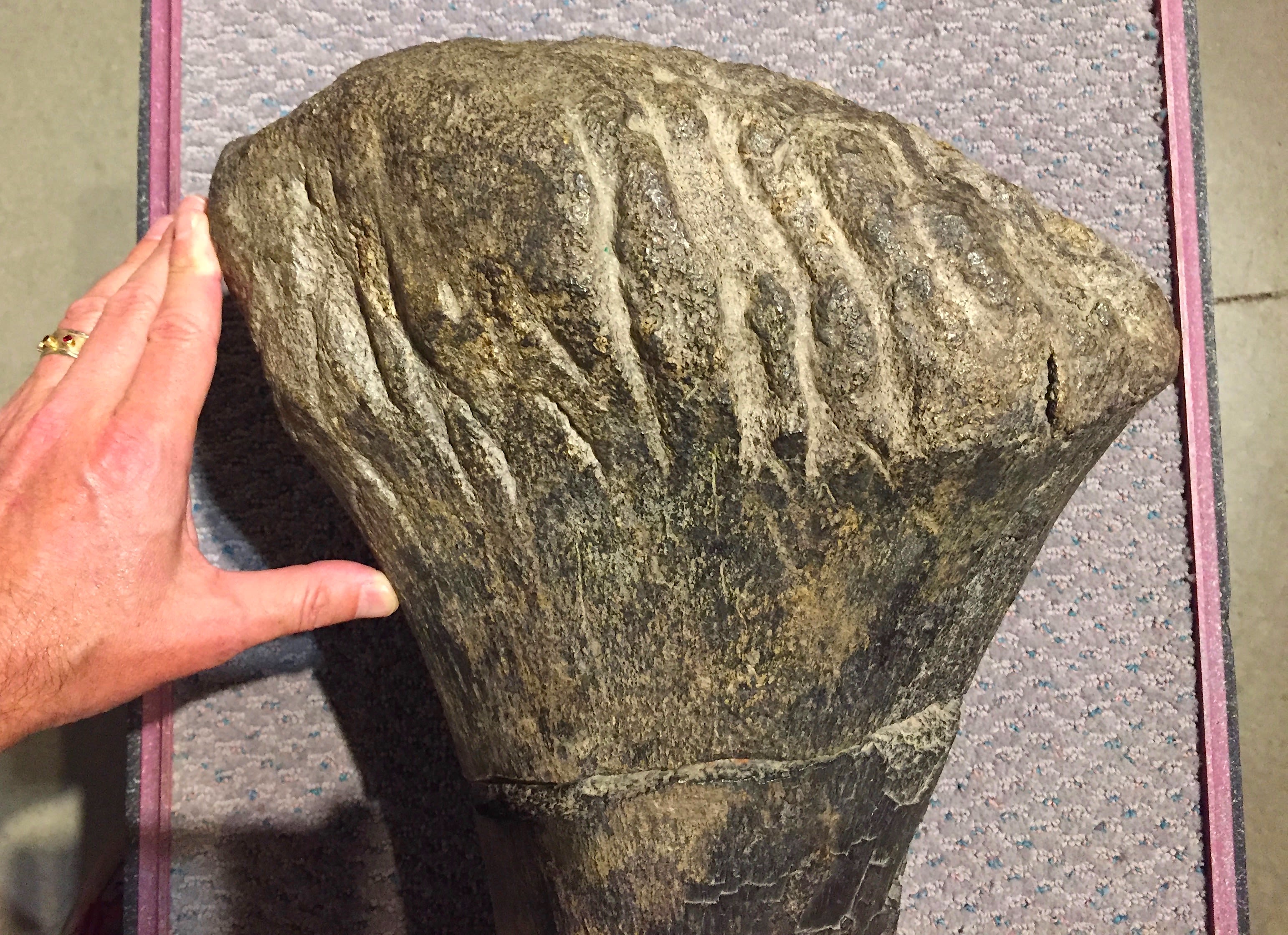

An oyster shell from the Georgia coast marked by the bore holes of a clionaid sponge. These soft sponges attach to a hard surface such as an oyster shell where they secrete acids and use flagellum like tiny whips to chip out tiny holes to give them a better foothold. (Photo by Anthony Martin)
An oyster shell from the Georgia coast marked by the bore holes of a clionaid sponge. These soft sponges attach to a hard surface such as an oyster shell where they secrete acids and use flagellum like tiny whips to chip out tiny holes to give them a better foothold. (Photo by Anthony Martin)

The shell of a moon snail from the Georgia coast with a hole made by another moon snail — a case of cannibalism. The moon snail has a rasping tool on its tongue called a radula. "It uses its radula to scrape back and forth in a circular manner until it drills through a shell," Martin explains. "Then it begins eating." (Photo by Anthony Martin)
The shell of a moon snail from the Georgia coast with a hole made by another moon snail — a case of cannibalism. The moon snail has a rasping tool on its tongue called a radula. "It uses its radula to scrape back and forth in a circular manner until it drills through a shell," Martin explains. "Then it begins eating." (Photo by Anthony Martin)

Tooth traces of an Allosaurus dinosaur in the bone of an Apatosaurus, from the Late Jurassic Period, about 150 million years ago. The specimen is from the Dinosaur Journey Museum in Colorado. (Photo by Anthony Martin)
Tooth traces of an Allosaurus dinosaur in the bone of an Apatosaurus, from the Late Jurassic Period, about 150 million years ago. The specimen is from the Dinosaur Journey Museum in Colorado. (Photo by Anthony Martin)
Martin doesn’t just want readers to visualize and hear bioerosion. He also wants them to smell it.
He describes how dinosaurs chewed up rotten wood to get at insects and how insects, in turn, bored into the limb bones of large Jurassic dinosaurs that apparently became trapped in a stinking mud pit of decomposing flesh in Colorado.
The book gives many modern-day examples of bioeroders closer to home. Georgia “hosts small, furry, bone-destroying beings that descend from the trees and eat skulls,” Martin writes. He knows this from personal observation of gray squirrels that relentlessly gnawed to bits a cow skull he and his wife had hanging in their courtyard.
“It’s their calcium supplement,” he explains.
And then there are all the bioeroders who have been busily at work on Stone Mountain.
Lichens colonized the enormous rock’s surface as soon as it emerged into the air, starting the process of soil formation that then allowed plants to take root. Animals began scurrying across and digging into its crumbling surface. Those animals eventually included humans, among the leading biological excavators of hard materials on the planet.
Humans have chiseled massive chunks from Stone Mountain’s side and removed tons of granite from its core. And any time you hike up Stone Mountain, Martin wants you to consider that you are taking a bit of its powdery dust with you on your footwear when you leave.
“The book is filled with ‘aha’ moments for the reader,” Martin says. “I want to encourage people to look for the evidence and to expand their awareness of how life is shaping the Earth.”
Story and design by Carol Clark
Related Stories
First-known Iguana Burrow Fossil Discovered
If You Dig Survival, Read "The Evolution Underground"
Media contact:
Carol Clark, carol.clark@emory.edu, 404-727-0501
Please visit Emory.edu and the Emory News Center

